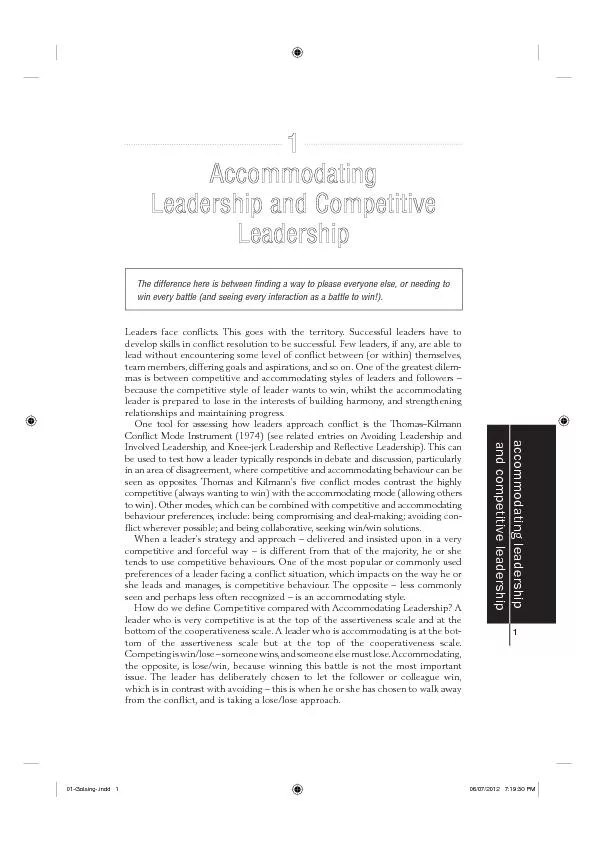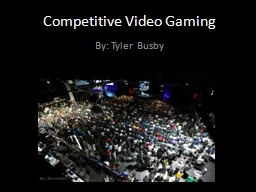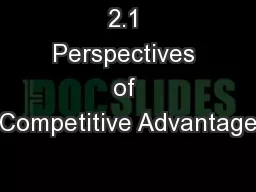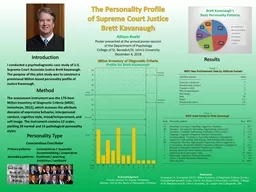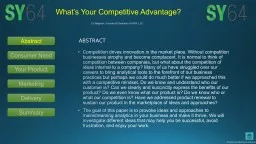PDF-accommodating leadership and competitive leadership
Author : tatyana-admore | Published Date : 2016-05-03
1 The difference here is between finding a way to please everyone else or needing to win every battle and seeing every interaction as a battle to win Leaders face
Presentation Embed Code
Download Presentation
Download Presentation The PPT/PDF document "accommodating leadership and competitiv..." is the property of its rightful owner. Permission is granted to download and print the materials on this website for personal, non-commercial use only, and to display it on your personal computer provided you do not modify the materials and that you retain all copyright notices contained in the materials. By downloading content from our website, you accept the terms of this agreement.
accommodating leadership and competitive leadership: Transcript
Download Rules Of Document
"accommodating leadership and competitive leadership"The content belongs to its owner. You may download and print it for personal use, without modification, and keep all copyright notices. By downloading, you agree to these terms.
Related Documents

